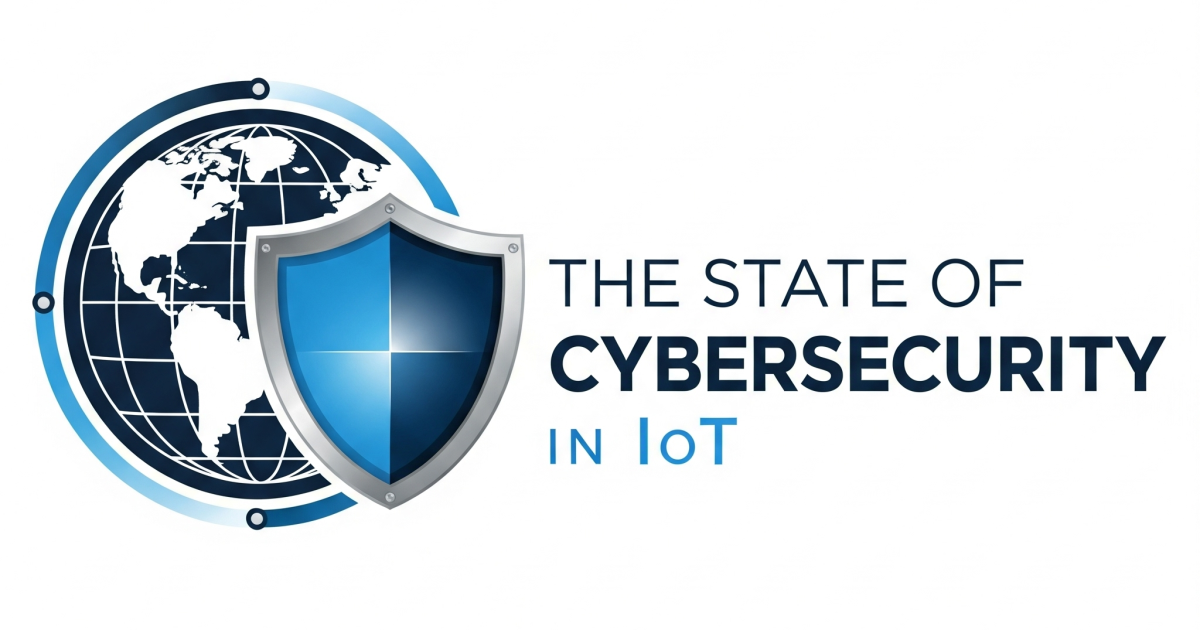Related Articles
I've Asked the Security Experts, But It's Time You Have Your Say
Security experts are quick to say they know what's happening, but here's your opportunity to weigh in on the state of cybersecurity in IoT.
Read MoreMary Meeker Returns with AI and Breezes Past AIoT
We are entering an era where intelligence is not just embedded in digital applications, but also in vehicles, machines, and defense systems
Read MoreNothreat Fights AI Fire with AI in Firewalls
According to Nothreat, the only way to fight AI cyber threats in IoT with AI is to go beyond detection and into active containment, deception, and aut…
Read MoreHow Kapitus is Reshaping SMB Funding
Kapitus is a financial institution that provides various financing solutions to SMBs, operating as both a direct lender and a financing marketplace.
Read MoreSlicing Up the Network with 5G SA: An Interview with Telit Cinterion's Stan Gray
Carl Ford speaks with Stan Gray about 5G SA, network slicing, and trends, challenges, and opportunities related to both.
Read More




